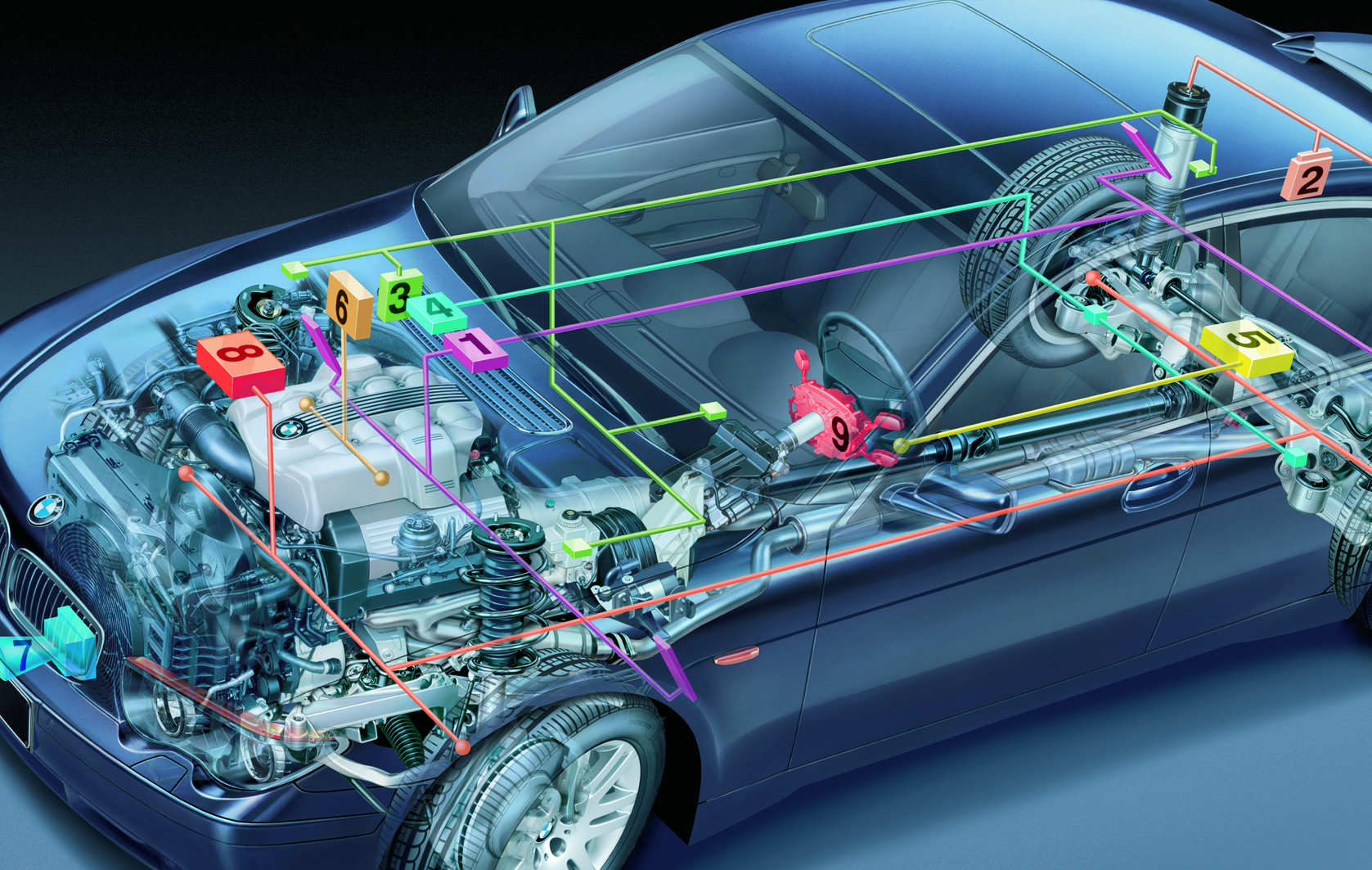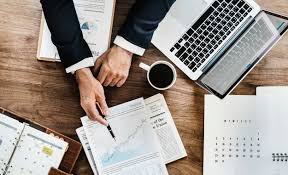Comparing the obtained value of your device and the standard reference value of that particular device is usually known as calibration. Normally people calibrate their devices to find the error in the measurement of the device. To determine the error and to find the accurate results of the device, calibration is done. People who want to get the exact result through Calibration of measuring instruments (สอบเทียบเครื่องมือวัด) can test through a thermometer which is calibrated.
The normal temperature of boiling water is 212 degrees Fahrenheit. By using the thermometer that is calibrated, you could get a proper result. Normally the life and accuracy of a measuring instrument get degraded after a certain period. Anybody who wants to maintain the accuracy of their instrument should calibrate them. Calibration helps to bring back the accuracy of their instruments by just by a simple process. The type of handling, either normal or rough, could affect calibration to a great extent.
How Often Is It Necessary To Calibrate?
The calibration duration completely depends on the instrument and the type of industry in which it is working. The type of results that a measuring instrument is giving can decide the frequency of calibration. Usually, it is said that when a user gets an error in their measurement every time, they should go for a calibration. If the working tendency of the instrument is not too rough, then calibrating your instrument once a year is enough.
The performer of the instrument also plays a major role in the frequency of calibration. Calibration can enhance the instrument’s lifespan and help a user get accurate results in the first measurement. If you are using the instrument to a large extent, then its frequency of calibration can be two to three times a year. The privilege conditions of the instrument also play a major role in the frequency of calibration.
What Is Instrument Range?
The instrument range is usually known as the capability of that particular instrument. The nameplate ratings of the instrument are also referred to as the range of the instrument; you could easily read it on the nameplate. Normally the range of an instrument from 0 is a lower limit and can go up to eight hundred and thousand as the upper limit. The range of calibration is also decided according to the range of that particular instrument.
When a high input pressure is applied, the calibration range adjusts itself with the range of that particular device. For example, if a device is used to measure pressure in a substance, the calibration range should e match its upper and lower pressure limit for accurate results. Normally matching the calibration range and the range of the instrument is known as calibration of the device. For example, suppose an instrument has LRV and URV as 0 and 400. Therefore the calibration range should be between 0 to 400.
Concluding Lines
This is all a person may need to know about calibration if they think of calibrating their device. However, knowing everything about calibration is important so that you could calibrate your device to give accurate measurements.



